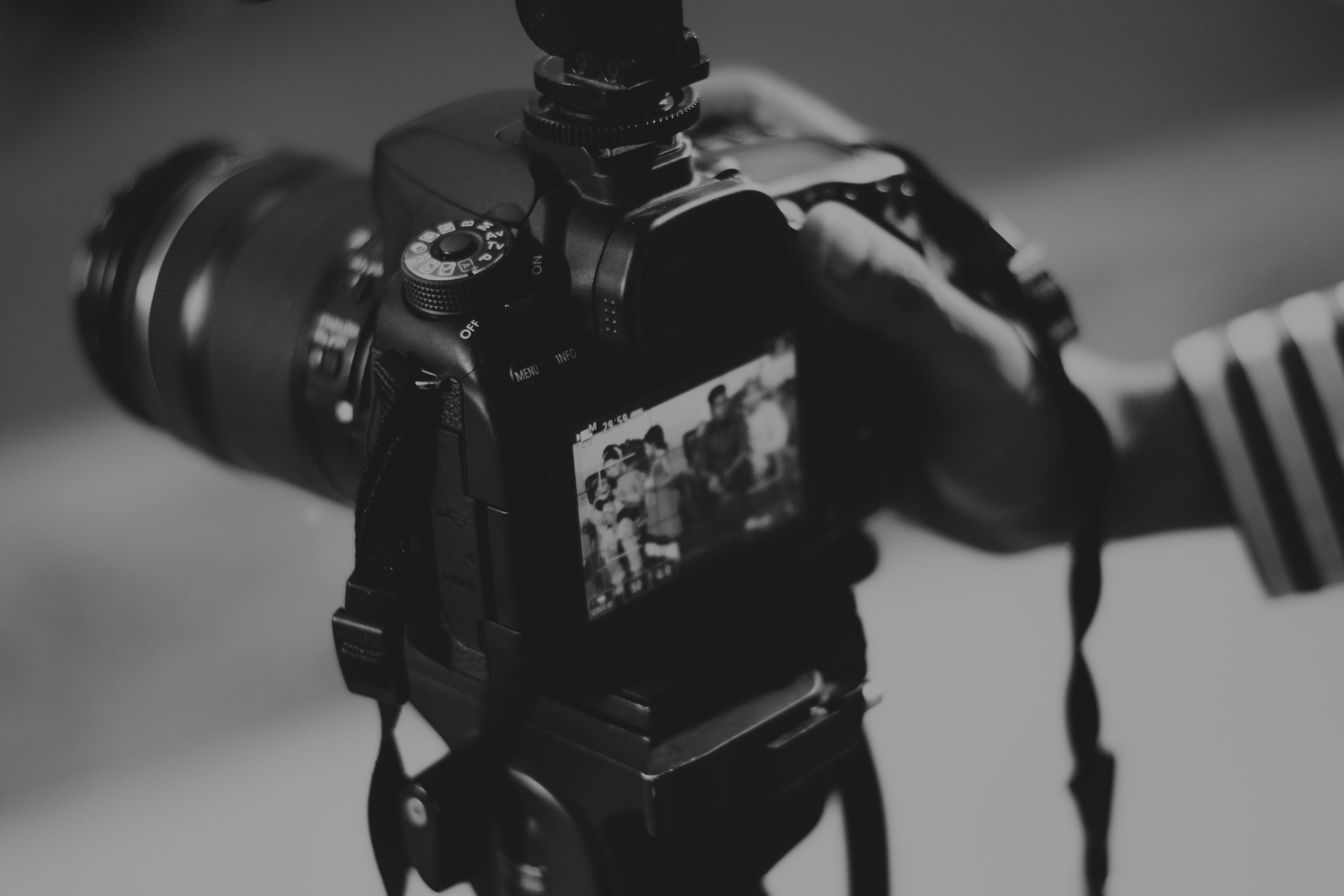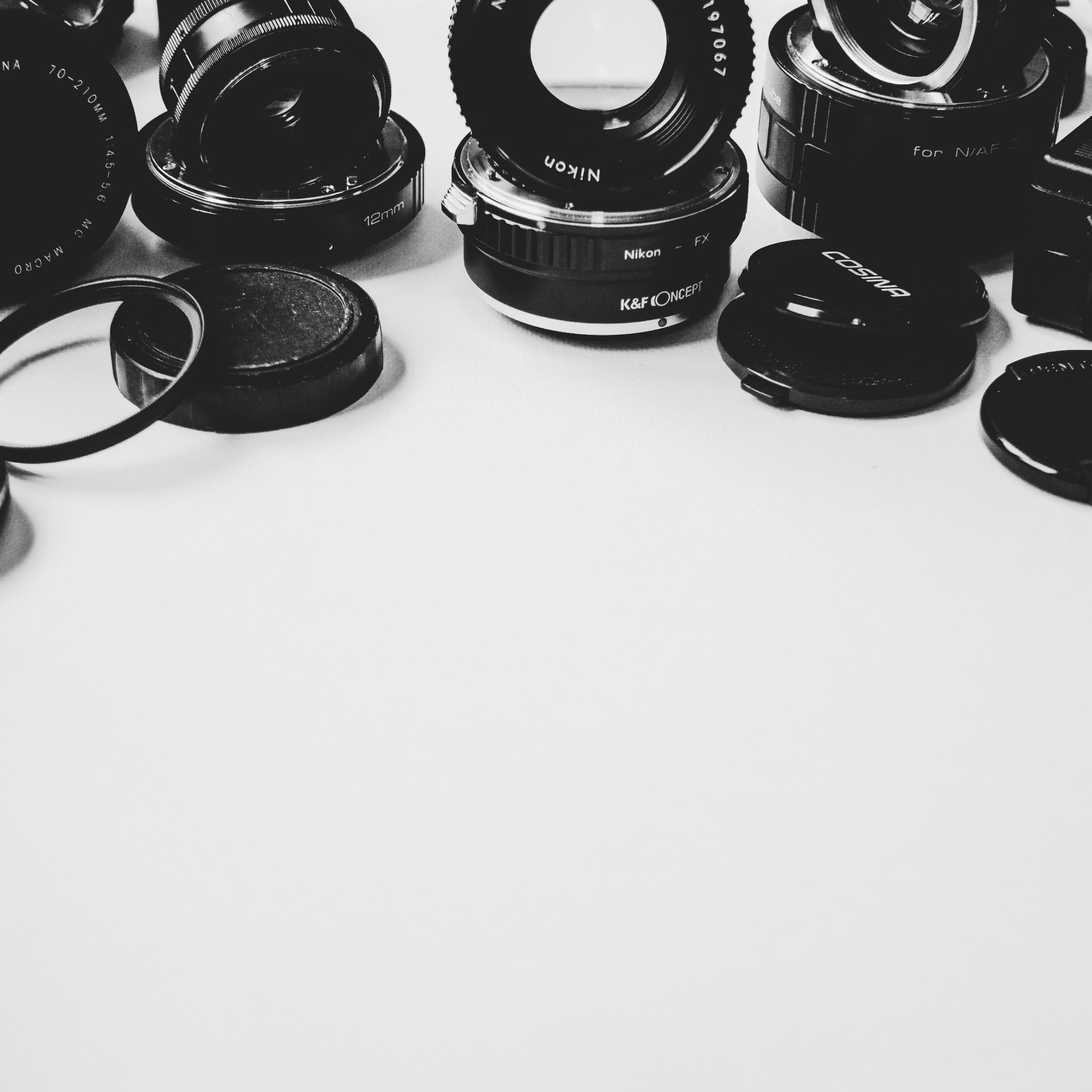Exploring the Art and Science of Photography
Photography is an art form that has captured the imagination of people for over a century. It is a medium that combines technical precision with artistic expression, allowing us to capture and immortalize moments in time. At the same time, photography is also a science, involving the study of light, optics, and imaging technology. This website is dedicated to exploring both the art and science of photography, from the history of the medium to the cutting-edge research being done today. Whether you are a student of photography, a professional photographer, or simply someone who appreciates the beauty and power of images, we hope you will find something of interest here.
The Best Universities for Studying Photography: A Comprehensive Guide
Photography is an exciting field that offers a wide range of career opportunities, from photojournalism to fashion photography to fine art. If you're interested in pursuing a career in photography, one of the best ways to get started is by enrolling in a photography program at a university. However, with so many universities offering photography programs, it can be challenging to know which one is right for you. In this section, we'll take a closer look at some of the best universities for studying photography, to help you make an informed decision.
New York University Tisch School of the Arts: NYU's Tisch School of the Arts is one of the most prestigious film and media schools in the world. Its photography program is no exception, offering courses in everything from traditional black and white photography to cutting-edge digital imaging technology. The program emphasizes both technical proficiency and artistic expression, giving students the skills they need to succeed in the photography industry.
Rhode Island School of Design: RISD is a highly selective art and design school that offers a top-notch photography program. The program emphasizes experimentation and creative exploration, encouraging students to push the boundaries of traditional photography. RISD also has an excellent reputation in the art world, giving graduates a competitive edge in their careers.
School of Visual Arts: SVA is a private art school in New York City that offers a comprehensive photography program. The program focuses on both technical skills and conceptual development, giving students a well-rounded education in the field. SVA also has a strong network of alumni, providing graduates with valuable connections in the photography industry.
California Institute of the Arts: CalArts is a highly regarded art school in Southern California that offers a photography program with a focus on experimental techniques and new media. The program emphasizes a multidisciplinary approach to photography, encouraging students to explore the intersections of photography with other art forms.
Savannah College of Art and Design: SCAD is a private art and design school with campuses in Georgia, Hong Kong, and France. Its photography program is highly regarded, with courses in everything from studio lighting to digital editing. SCAD also has a strong focus on professional development, giving students the skills they need to succeed in the photography industry.
If you're considering pursuing a career in photography, you'll want to explore the many universities that offer top-notch photography programs. With so many options available, it's crucial to weigh factors such as location, cost, and curriculum to determine which program is the best fit for your needs and goals. By conducting thorough research and choosing the right school, you can set yourself up for a successful and rewarding career in photography. And, if you need assistance with your admission essay, consider using an essay writer from essayservice to help you showcase your unique qualities and experiences to admissions committees.
From Daguerreotypes to Digital Cameras: A Brief History of Photography

Photography has come a long way since its inception in the early 19th century. From the first permanent photographic image created by Joseph Nicéphore Niépce in 1826 to the digital cameras of today, the history of photography is a fascinating and ever-evolving story. In this section, we'll take a brief look at the history of photography, exploring some of the key developments and milestones along the way.
Daguerreotypes: In 1839, French inventor Louis-Jacques-Mandé Daguerre introduced the daguerreotype, a photographic process that produced a highly detailed, one-of-a-kind image on a silver-coated copper plate. Daguerreotypes quickly became popular, and many people had their portraits taken using this process.
Wet Plate Collodion: In the 1850s, British photographer Frederick Scott Archer developed the wet plate collodion process, which allowed photographers to produce high-quality images on glass plates. This process was widely used until the introduction of dry plate photography in the 1870s.
Dry Plate Photography: In the 1870s, English photographer Richard Leach
Maddox developed the dry plate process, which allowed photographers to
use pre-coated glass plates that could be stored and used later. This
process was faster and more convenient than wet plate collodion, and it
quickly became the preferred method of photography.
Kodak: In
1888, American inventor George Eastman introduced the first Kodak
camera, a simple box camera that came loaded with a roll of film. After
taking 100 pictures, the user would send the camera back to Kodak to
have the film developed and printed. This made photography more
accessible to the general public, and it paved the way for future
innovations in camera technology.
35mm Film: In 1934, German
company Leica introduced the first 35mm camera, which used a small,
lightweight film cartridge. This made photography even more portable and
convenient, and it helped to popularize the use of candid and
spontaneous photography.
Digital Photography: During the 1970s and 1980s, researchers at corporations such as Kodak, Canon, and Sony started working on digital imaging technology. Although the initial digital cameras were cumbersome and costly, they rapidly progressed into more compact, budget-friendly devices. Presently, digital cameras are omnipresent and have transformed the way we capture and disseminate images, even influencing those who request a WritePaper service on the topic.
This is just
a brief overview of the history of photography, but it shows how the
medium has evolved and adapted over the years. By understanding the
past, we can better appreciate the present and prepare for the future of
photography.
Pushing the Limits: Cutting-Edge Research in Photographic Technology and Technique
Photography is a constantly evolving field, with new technologies and techniques being developed all the time. As a student studying this captivating subject, one might often find themselves tasked with writing detailed essays about these advancements. There could be times when a student might need to say, write an essay for me to professionals due to time constraints or the complexity of the topic. From advances in camera sensors to new approaches to lighting and composition, there is always something new to learn and explore in the world of photography. In this section, we'll take a look at some of the cutting-edge research being done in the field of photographic technology and technique, which might well be the subject of your next essay.
Camera Sensors: One of the most significant advances in photographic technology in recent years has been the development of new camera sensors. These sensors are responsible for capturing light and converting it into digital data, which can then be processed and turned into an image. Researchers are constantly working to improve camera sensor technology, developing sensors that are more sensitive to light, have a wider dynamic range, and are more efficient at capturing detail.
Artificial Intelligence: Another area of research that is having a big impact on photography is artificial intelligence (AI). Researchers are developing AI algorithms that can help automate various aspects of the photographic process, from image analysis to post-processing. For example, some AI tools can automatically adjust exposure and color balance in an image, while others can identify and remove unwanted objects or blemishes.

Lighting: Lighting is a critical aspect of photography, and researchers
are always looking for new ways to control and manipulate light to
achieve the desired effect. One area of research is in the development
of new types of lighting, such as LED panels that can be programmed to
mimic different types of natural light. Another area of research is in
the use of computational photography techniques, such as multi-shot HDR
imaging, to capture more dynamic and nuanced lighting.
Virtual
and Augmented Reality: Virtual and augmented reality technologies are
starting to have an impact on photography as well. For example,
researchers are developing 360-degree cameras that can capture immersive
virtual reality environments. They are also exploring how augmented
reality can be used to enhance photographic experiences, such as by
overlaying contextual information or interactive elements onto a
photograph.
These are just a few examples of the cutting-edge
research being done in photographic technology and technique. By staying
up to date on these developments, photographers can continue to push
the boundaries of what is possible with the medium. Whether you are a
student of photography or a seasoned professional, there is always
something new to discover and explore in this exciting field.
Beyond the Lens: Exploring the Cultural and Societal Impacts of Photography
Photography is more than just a technical and artistic medium; it is also a powerful cultural and social force that shapes our perceptions of the world around us. From documentary photography that sheds light on important social issues to advertising photography that reinforces cultural norms and values, photography has a significant impact on our lives. In this section, we'll take a closer look at some of the cultural and societal impacts of photography.
Documentary Photography: One of the most important ways that photography has had an impact on society is through documentary photography. Photographers have long used their cameras to document important social issues, from poverty and homelessness to political unrest and war. These images can be a powerful force for change, raising awareness of social problems and inspiring action to address them.
Advertising Photography: Advertising photography is another area where photography has a significant impact on culture and society. Advertisements use photography to create an image of what is desirable, shaping our ideas of beauty, success, and happiness. While this can be a powerful tool for marketers, it can also reinforce harmful stereotypes and unrealistic expectations.
Portrait Photography: Portrait photography is another area where photography has a cultural impact. Portraits have the power to shape our perceptions of individuals and groups, highlighting their similarities and differences. Portrait photography can be used to promote positive messages, such as diversity and inclusion, or it can reinforce negative stereotypes and biases.
Art Photography: Art photography is another important cultural force, challenging our perceptions of reality and pushing the boundaries of what is possible with the medium. Art photography can be a powerful tool for exploring important social and cultural issues, such as identity, race, and gender. It can also inspire new ways of seeing the world and provoke important conversations about the role of art in society.
These are just a few examples of the cultural and societal impacts of photography. As Famous Photographers, it's important to be aware of the broader context in which our images are created and consumed. By understanding the social and cultural significance of our work, we can create images that are not only beautiful and technically proficient but also meaningful and impactful. Whether we are using photography to document social issues or to explore new artistic territories, we have the power to shape our world through the images we create.